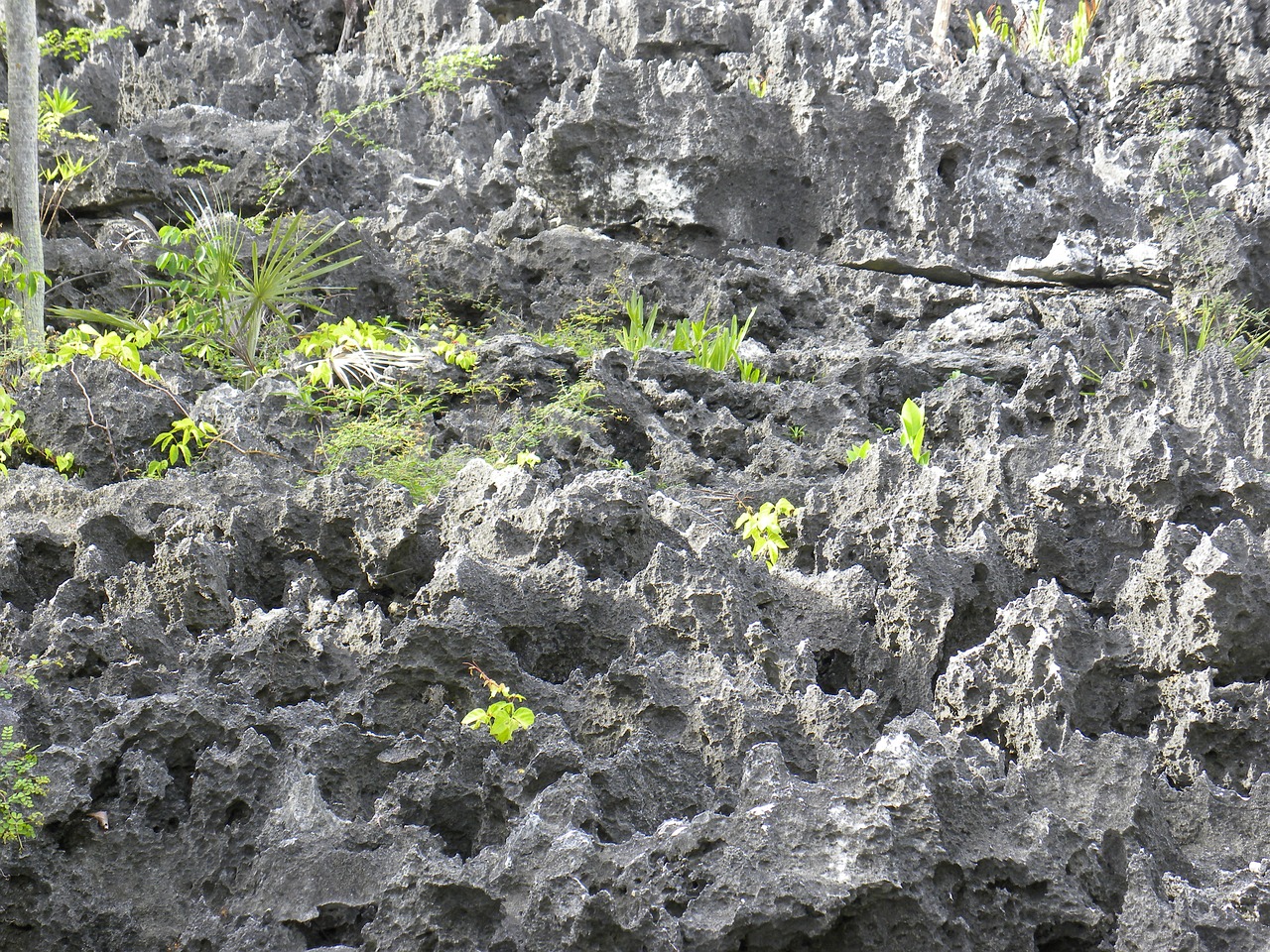Weathering Cayman Islands: Seasonal Changes and What to Expect
The Cayman Islands, located in the western Caribbean Sea, are known for their picturesque beaches, crystal-clear waters, and vibrant marine life. The islands experience a tropical marine climate, characterized by warm temperatures, high humidity, and distinct wet and dry seasons. Understanding the seasonal changes in the Cayman Islands is essential for planning a trip or living on the islands. In this article, we will explore the different seasons in the Cayman Islands and what to expect during each.
Spring: March to May
- Warmer Temperatures: During spring, temperatures in the Cayman Islands start to rise, with average highs ranging from 84°F to 88°F (29°C to 31°C).
- Lower Rainfall: Spring is considered the driest season in the Cayman Islands, with less rainfall compared to other times of the year.
- Spring Break: The months of March and April coincide with spring break for many schools, making it a popular time for tourists, especially families, to visit the Cayman Islands.
The warmer temperatures make it an ideal time to engage in outdoor activities like swimming, snorkeling, and sunbathing.
Visitors can expect clear blue skies and minimal chances of rain during their stay.
Be prepared for larger crowds and higher accommodation prices during this period.
Summer: June to August
- Hot and Humid: Summer in the Cayman Islands brings high temperatures and increased humidity, with average highs ranging from 86°F to 90°F (30°C to 32°C).
- Increased Rainfall: The summer months experience higher levels of rainfall, with occasional thunderstorms and showers.
- Turtle Nesting Season: Summer is the nesting season for sea turtles in the Cayman Islands, particularly on the beaches of Grand Cayman and Cayman Brac.
It is essential to stay hydrated and seek shade during the hottest parts of the day.
It is advisable to carry a light rain jacket or umbrella when exploring the islands.
Witnessing the nesting process or baby turtles hatching is a unique and memorable experience.
Fall: September to November
- Hurricane Season: Fall marks the peak of the hurricane season in the Caribbean, including the Cayman Islands.
- Transition to Cooler Temperatures: As fall progresses, temperatures start to cool down slightly, with average highs ranging from 84°F to 88°F (29°C to 31°C).
- Migratory Birds: Fall is a prime time for birdwatching enthusiasts, as many migratory bird species make a stopover in the Cayman Islands on their journey south.
While hurricanes are relatively rare in the Cayman Islands, there is a possibility of tropical storms or heavy rainfall during this period.
It is a pleasant time to visit the islands, with fewer crowds and more affordable accommodations.
Explore the various bird sanctuaries and nature reserves to catch a glimpse of these beautiful creatures.
Winter: December to February
- Mild Temperatures: Winter in the Cayman Islands brings milder temperatures, with average highs ranging from 80°F to 84°F (27°C to 29°C).
- Low Rainfall: Winter is considered the driest season after spring, with minimal rainfall and plenty of sunny days.
- Peak Tourist Season: Winter is the peak tourist season in the Cayman Islands, attracting visitors from colder regions seeking a warm escape.
It is an excellent time to enjoy outdoor activities without the scorching heat of summer.
Perfect conditions for sunbathing, snorkeling, and exploring the islands.
Expect higher accommodation prices and more crowded attractions during this time.
Cayman Islands Image 1:

Spring: March to May
Summer: June to August
- Hot and Humid: Summer in the Cayman Islands brings high temperatures and increased humidity, with average highs ranging from 86°F to 90°F (30°C to 32°C).
- Increased Rainfall: The summer months experience higher levels of rainfall, with occasional thunderstorms and showers.
- Turtle Nesting Season: Summer is the nesting season for sea turtles in the Cayman Islands, particularly on the beaches of Grand Cayman and Cayman Brac.
It is essential to stay hydrated and seek shade during the hottest parts of the day.
It is advisable to carry a light rain jacket or umbrella when exploring the islands.
Witnessing the nesting process or baby turtles hatching is a unique and memorable experience.
Fall: September to November
Winter: December to February
- Mild Temperatures: Winter in the Cayman Islands brings milder temperatures, with average highs ranging from 80°F to 84°F (27°C to 29°C).
- Low Rainfall: Winter is considered the driest season after spring, with minimal rainfall and plenty of sunny days.
- Peak Tourist Season: Winter is the peak tourist season in the Cayman Islands, attracting visitors from colder regions seeking a warm escape.
It is an excellent time to enjoy outdoor activities without the scorching heat of summer.
Perfect conditions for sunbathing, snorkeling, and exploring the islands.
Expect higher accommodation prices and more crowded attractions during this time.
References
1. caymanislands.com
2. weather.com
3. visitcaymanislands.com

